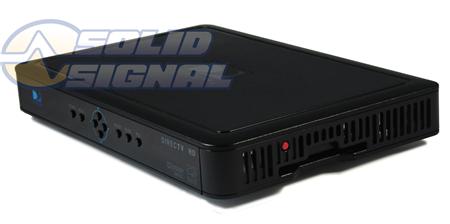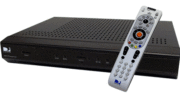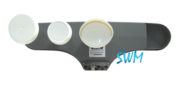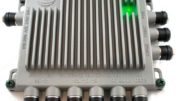DIRECTV fans aren’t jealous of a lot of DISH’s hardware, but there’s something special about its 211z HD receivers. See, they’re really DVRs in disguise: Plug in an external hard drive and boom, instant DVR. It’s that easy. DIRECTV users have long drooled at the possibility of doing something like this, especially since their receivers seem to have completely useless USB ports.
It’s hard to know why DIRECTV hasn’t gone this direction. Conventional wisdom says that they’re afraid of people decoding their VideoGuard encryption system, but regardless of the consequences, there have been people who’ve removed hard drives from DIRECTV DVRs before. It’s hard to believe that they’d have any more or less of a problem whether it was an external or internal drive.
Another line of thought is that DIRECTV has focused more on energy efficiency than flexibility in this case. DIRECTV’s receivers are flat out the most energy-efficient in their class, and putting in a DVR processor into a receiver would probably make it take more energy. It might also require a fan and that most certainly sucks power.
It’s most likely that DIRECTV just did their research and at one point or another decided that people didn’t want or need this. It’s hard to know how many people have actually connected hard drives to their 211’s, but maybe the fact is that there aren’t enough people to justify the extra programming expense. Or, that people just don’t want external drives on their receivers. The DIRECTV DVRs are smooth-looking and sleek, and the client boxes act like DVRs anyway, so why go through the trouble?
That’s probably it. For the better part of the last decade, DIRECTV’s been really focused on making products that are the most appealing to the largest number of people and sure… there could be 200,000 people who want an external hard drive on their receiver, but that’s still only 1% of the total install base and that probably isn’t going to make it easy to recoup the extra engineering cost. How does DISH do it? hard to know. What is clear is that the 211 is a very old design, even though it’s been repackaged in previous years. DISH’s long product cycles may make it easier for them to work out costs, or it may just be that someone at DISH just insisted the feature be there.





